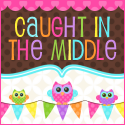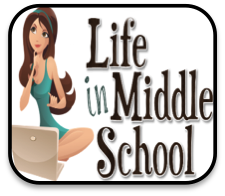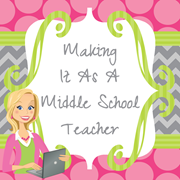Yesterday was Parent-Teacher Conferences at my school. Though I had met most of the parents before, I was still nervous, but overall they went great. I love getting to meet my students’ parents, as so often I can see exactly where my students get their personalities from. It is also fun to get to tell parents how great their child is. Although conferences are littered with the conversations of your child “is talkative”, “needs to stay in his seat”, or “needs to do her homework”, it is always easy to come up with good things to say about each student (which parents love to hear!).
This has been so evident this year as my school has taken on the initiative for each teacher to make a weekly “good news” call. Once a week, we call home to a parent about something nice, thoughtful, or academically good a student has done. I have made phone calls ranging from students hard work to get an A+ on a test, working to help other students understand class material, or asking great questions in class. Parents are always surprised to get the call and some even start with “What’s wrong?!?” but they loving hearing great things about their child. This is not a new concept to tell parents good things about their kid, but how often do we take the time to do it? I can say it truly pays off as it creates a great parent-teacher relationship and a positive school atmosphere.
Ms. H


















